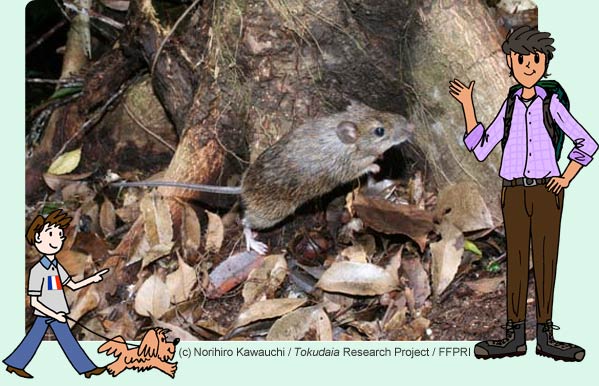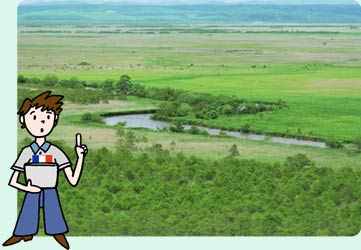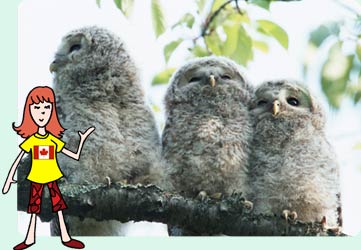
In Japan, as in other countries, the populations of some animals have declined. In the northern part of Okinawa Island, for example, there is a species of spiny rat called togenezumi, which is indigenous to the area and is one of the Japanese animals closest to extinction. Togenezumi are 15 centimeters long, and have a squat body shaped somewhat like a rabbit. They eat sweet acorns and insects.

A few decades ago togenezumi suddenly stopped being spotted by wildlife enthusiasts. They had become prey for feral cats and their natural habitat, the hollows of trees, had disappeared as a result of deforestation. Many people feared they were extinct. Recently, however, togenezumi were captured for the first time in 30 years.
The Government of Japan compiles a Red List of threatened species, and it is now taking steps to protect about 1,000 types designated as "endangered." Protecting nature is the only way to ensure these animals of their safe environment to reproduce. For this reason, the Government of Japan has designated wildlife protection areas throughout the country to legally safeguard their natural habitats and the surrounding areas and to observe them.

Small animals serve as food for larger animals in the food chain system, so without small animals, larger animals cannot survive. Birds, meanwhile, carry the seeds of plants to new places. Every living thing has its role to play. The extinction of species throws the entire ecosystem off-balance. Despite all the scientific progress we have made, human beings cannot generate life and cannot rebalance the ecosystem. What we can do, however, is work harder to protect the environment so that no more animals go extinct.










